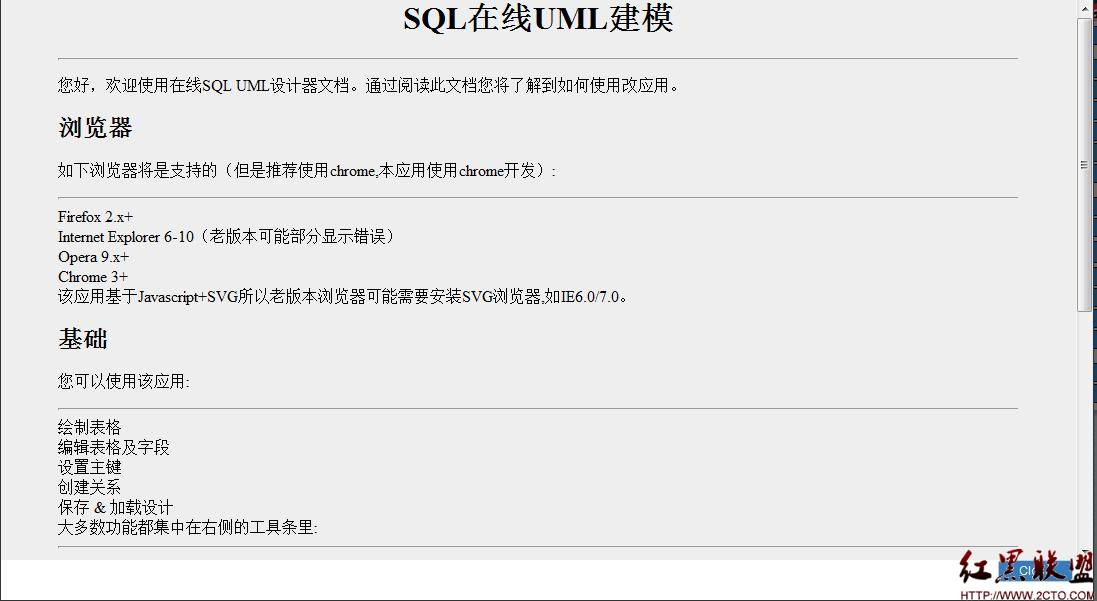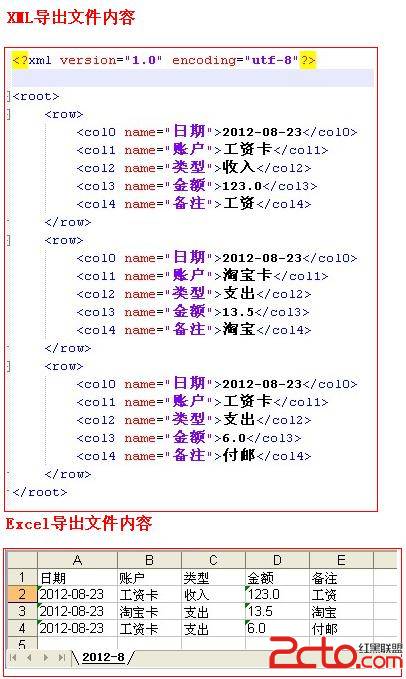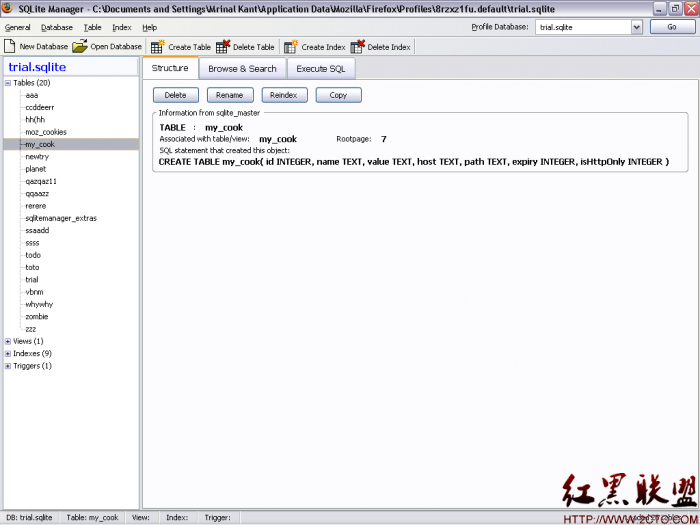Android的xml文件中的@和?的区别
@大家已经司空见惯。比如@+id/... @string/...
看下面代码:
[html]
<ProgressBar
android:id="@+id/firstProgressBar"
style="?android:progressBarStyleHorizontal"
android:layout_width="200dp"
android:layout_height="wrap_content"
android:visibility="gone" />
<ProgressBar
android:id="@+id/firstProgressBar"
style="?android:progressBarStyleHorizontal"
android:layout_width="200dp"
android:layout_height="wrap_content"
android:visibility="gone" />
上面代码中用到了“?”,那么“?”是什么意思呢?
“?”引用主题属性,当您使用这个标记,你所提供的资源名必须能够在主题属性中找到,因为资源工具认为这个资源属性是被期望得到的,您不需要明确的指出它的类型(也就是不需要写全在哪个文件中?android:attr/android:textDisabledColor)
那么什么又叫主题属性呢?
你可以在Android的SDK的以下目录中找到attrs.xml文件
D:\android-sdk\platforms\android-16\data\res\values
打开这个文件可以看到,Android系统的属性都定义在这个文件中。
举个例子(ImageView):
[html]
<declare-styleable name="ImageView">
<!-- Sets a drawable as the content of this ImageView. -->
<attr name="src" format="reference|color" />
<!-- Controls how the image should be resized or moved to match the size
of this ImageView. -->
<attr name="scaleType">
<enum name="matrix" value="0" />
<enum name="fitXY" value="1" />
<enum name="fitStart" value="2" />
<enum name="fitCenter" value="3" />
<enum name="fitEnd" value="4" />
<enum name="center" value="5" />
<enum name="centerCrop" value="6" />
<enum name="centerInside" value="7" />
</attr>
<!-- Set this to true if you want the ImageView to adjust its bounds
to preserve the aspect ratio of its drawable. -->
<attr name="adjustViewBounds" format="boolean" />
<!-- An optional argument to supply a maximum width for this view.
See {see android.widget.ImageView#setMaxWidth} for details. -->
<attr name="maxWidth" format="dimension" />
<!-- An optional argument to supply a maximum height for this view.
See {see android.widget.ImageView#setMaxHeight} for details. -->
<attr name="maxHeight" format="dimension" />
<!-- Set a tinting color for the image -->
<attr name="tint" format="color" />
<!-- If true, the image view will be baseline aligned with based on its
bottom edge -->
<attr name="baselineAlignBottom" format="boolean" />
<!-- If true, the image will be cropped to fit within its padding -->
<attr name="cropToPadding" format="boolean" />
</declare-styleable>
<declare-styleable name="ImageView">
<!-- Sets a drawable as the content of this ImageView. -->
<attr name="src" format="reference|color" />
<!-- Controls how the image should be resized or moved to match the size
of this ImageView. -->
<attr name="scaleType">
<enum name="matrix" value="0" />
<enum name="fitXY" value="1" />
<enum name="fitStart" value="2" />
<enum name="fitCenter" value="3" />
<enum name="fitEnd" value="4" />
<enum name="center" value="5" />
<enum name="centerCrop" value="6" />
<enum name="centerInside" value="7" />
</attr>
<!-- Set this to true if you want the ImageView to adjust its bounds
to preserve the aspect ratio of its drawable. -->
<attr name="adjustViewBounds" format="boolean" />
<!-- An optional argument to supply a maximum width for this view.
See {see android.widget.ImageView#setMaxWidth} for details. -->
<attr name="maxWidth" format="dimension" />
<!-- An optional argument to supply a maximum height for this view.
See {see android.widget.ImageView#setMaxHeight} for details. -->
<attr name="maxHeight" format="dimension" />
<!-- Set a tinting color for the image -->
<attr name="tint" format="color" />
<!-- If true, the i
补充:移动开发 , Android ,




